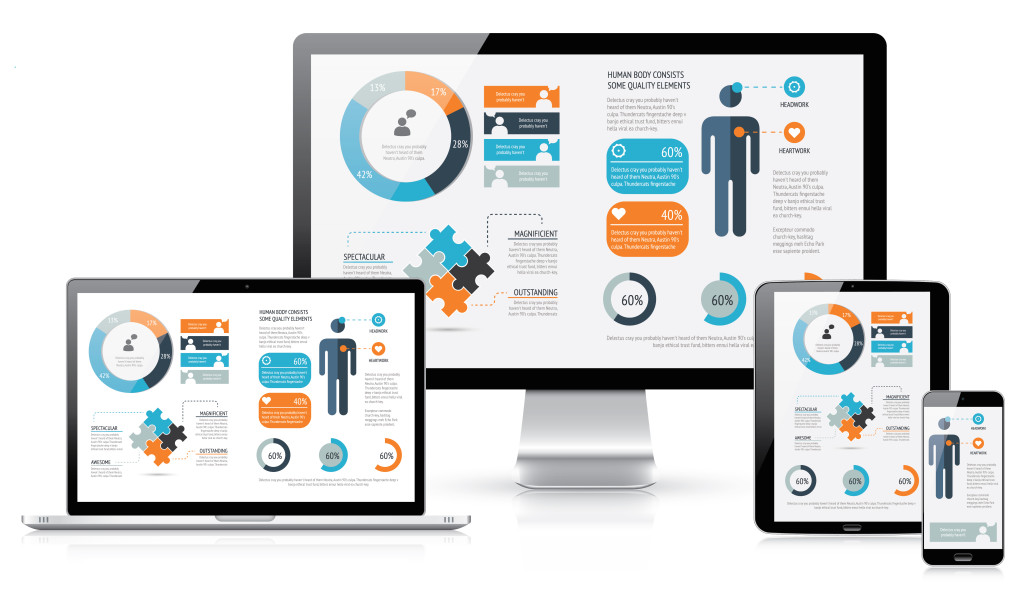Ideal Practices for Creating User-Friendly Internet Layout
In the ever-evolving landscape of website design, developing an easy to use user interface is extremely important for engaging audiences and driving conversions. Key methods such as streamlining navigating, maximizing for mobile tools, and enhancing packing speed play a vital duty in this procedure. The relevance of regular layout aspects and prioritizing ease of access can not be overstated. As we check out these foundational principles, it ends up being clear that efficient user experience design not only meets user expectations but also establishes the stage for deeper interaction. Finding the nuances of each practice can result in considerable enhancements in general web effectiveness.
Simplify Navigating
A structured navigation system is vital for improving user experience on any internet site. Effective navigation permits individuals to find the details they seek quickly and effortlessly, consequently lowering stress and boosting the possibility of interaction. A clear format that categorizes web content rationally is vital; individuals must intuitively understand where to click for details information.
Using an easy high-level navigation bar, matched by drop-down food selections for subcategories, help in keeping an arranged structure. It is important to limit the variety of primary navigation links to stay clear of frustrating customers; generally, 5 to seven choices are optimal. Additionally, utilizing detailed labels improves clearness, enabling customers to determine the material of each section at a glance.
Including a search feature even more enriches the navigation experience, especially for content-rich sites. When looking for certain info, this feature equips customers to bypass traditional navigation courses. In addition, constant style components throughout all web pages enhance knowledge, enabling individuals to navigate with self-confidence.
Enhance for Mobile

Firstly, adopt a responsive style strategy that instantly changes the layout and material based upon the screen size. This adaptability makes certain that users have a constant experience throughout tools. Next, prioritize touch-friendly interfaces by ensuring buttons and links are easily clickable, lessening the demand for zooming.
Additionally, consider the importance of concise material presentation. Mobile customers typically seek quick information, so employing techniques like collapsible food selections or accordions can enhance use without overwhelming the user. Additionally, make certain that fonts are clear, and picture sizes are optimized for faster loading.
Finally, test your web site on different mobile phones and running systems to identify prospective problems. By addressing these components, you will produce an instinctive mobile experience that maintains individuals engaged and encourages them to discover your offerings further - Web Design Pretoria. Focusing on mobile optimization is crucial for accomplishing an user-friendly internet style in an increasingly mobile-centric globe
Enhance Loading Speed
Loading speed is an important element that can significantly impact customer fulfillment and involvement on an internet site. Studies suggest that customers expect web pages to fill in 2 secs or much less; past this limit, the probability of desertion raises considerably. Enhancing loading rate helpful site is crucial for retaining visitors and improving overall website efficiency.
To improve packing speed, numerous best techniques ought to be executed. Furthermore, leverage browser caching to store duplicates of files locally, enabling faster tons times for returning visitors.

Usage Constant Layout Components
Establishing a natural visual identification is crucial for enhancing individual experience on a website. Constant style elements, consisting of shade systems, typography, buttons, and format structures, produce a unified appearance that assists individuals browse easily. When customers experience acquainted patterns and styles, their cognitive load is lowered, enabling them to focus on material as opposed to understanding varying style facets.
Making use of a standard shade scheme enhances brand recognition and promotes a psychological link with users. Maintaining constant typography-- such as font designs, sizes, and weights-- makes certain readability and adds to a refined look. In addition, consistent button styles and interactive aspects lead customers without effort through the site, improving functionality.
Additionally, a cohesive format aids establish an arranged circulation of details, making it easier for customers to situate and absorb material. Each web page ought to show the same layout principles to stop complication and disorientation.
Prioritize Ease Of Access
A cohesive aesthetic identity not only boosts navigation but likewise establishes the stage for focusing on access in website design. Ease of access makes sure that all customers, consisting of those with specials needs, can navigate and communicate with a web site successfully. To achieve this, internet designers should stick to developed guidelines, such as the Web Material Availability Guidelines (WCAG)
Carrying out attributes like alt text for photos, keyboard navigability, and suitable shade contrast can substantially enhance the user experience for individuals with visual, acoustic, or cognitive problems. It is crucial to use semantic HTML to structure material practically, permitting assistive modern technologies to share and analyze information precisely to individuals.
Moreover, supplying numerous methods of involvement-- such as message options for sound and visual web content-- can accommodate varied user demands. Normal use testing with participants that have specials needs can discover possible barriers that might not be promptly obvious during the layout stage.
Inevitably, prioritizing access not just adheres to lawful requirements but additionally widens the prospective audience, cultivates inclusivity, and boosts total website use (Web Design Pretoria). By installing ease of click reference access right into the style procedure, designers can create a much more fair electronic landscape for everybody
Final Thought

As we explore these foundational principles, it comes to be clear that reliable user experience style not just meets user expectations however additionally establishes the stage for deeper interaction. Mobile users usually seek quick information, so utilizing methods like retractable food selections or accordions can boost usability without overwhelming the customer. When customers experience familiar patterns and styles, their cognitive tons is minimized, permitting them to concentrate on web content instead than decoding varying design aspects.
In summary, implementing best practices for user-friendly web design dramatically boosts the overall customer experience. Adhering to these standards cultivates a favorable partnership in between individuals and digital platforms, eventually advertising customer satisfaction and retention.
 Jonathan Taylor Thomas Then & Now!
Jonathan Taylor Thomas Then & Now! Ben Savage Then & Now!
Ben Savage Then & Now! Jurnee Smollett Then & Now!
Jurnee Smollett Then & Now! Brooke Shields Then & Now!
Brooke Shields Then & Now! Christy Canyon Then & Now!
Christy Canyon Then & Now!